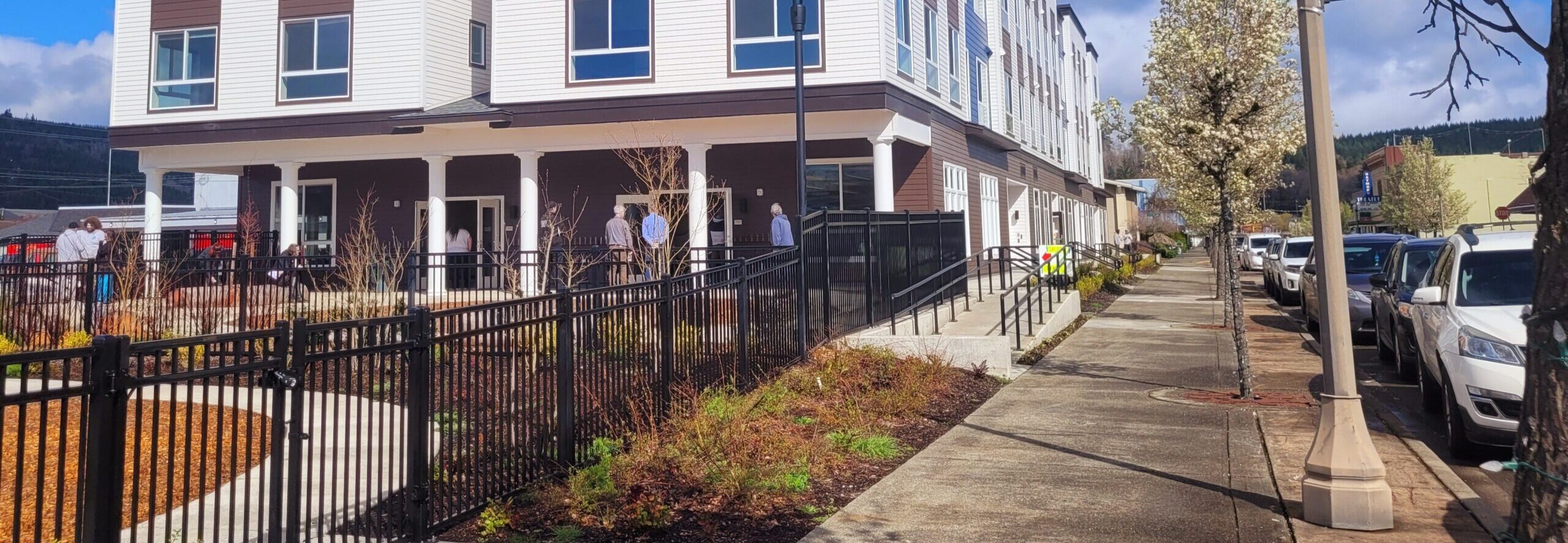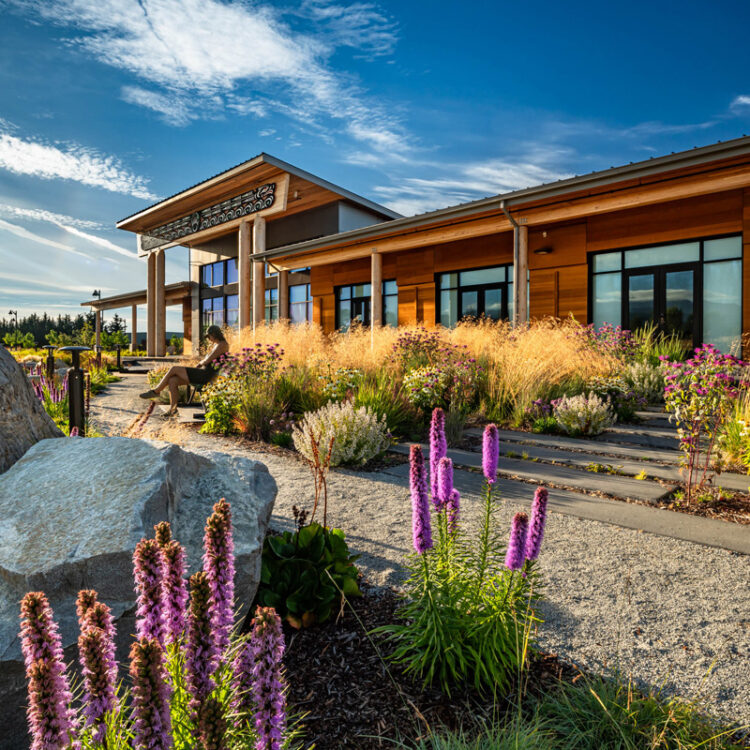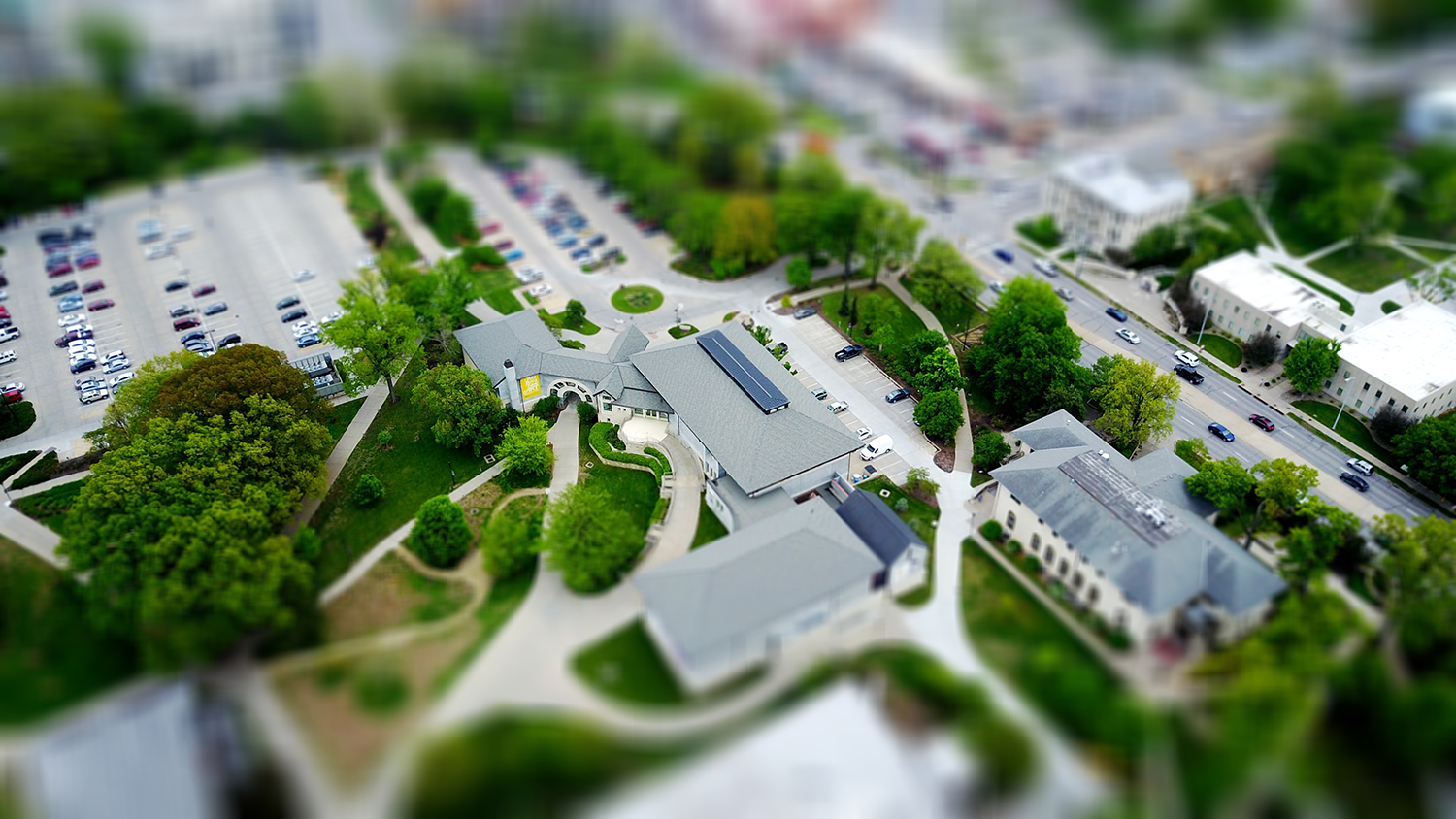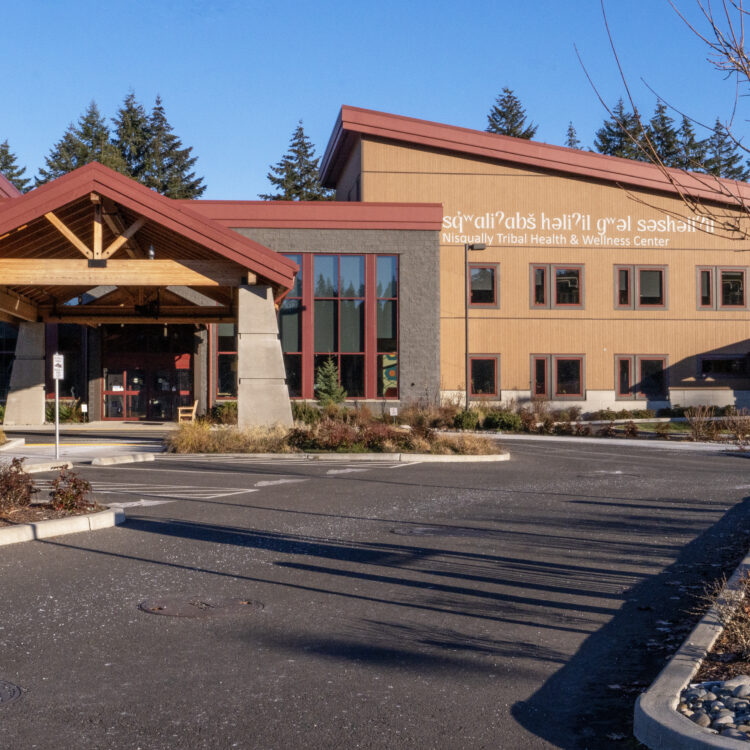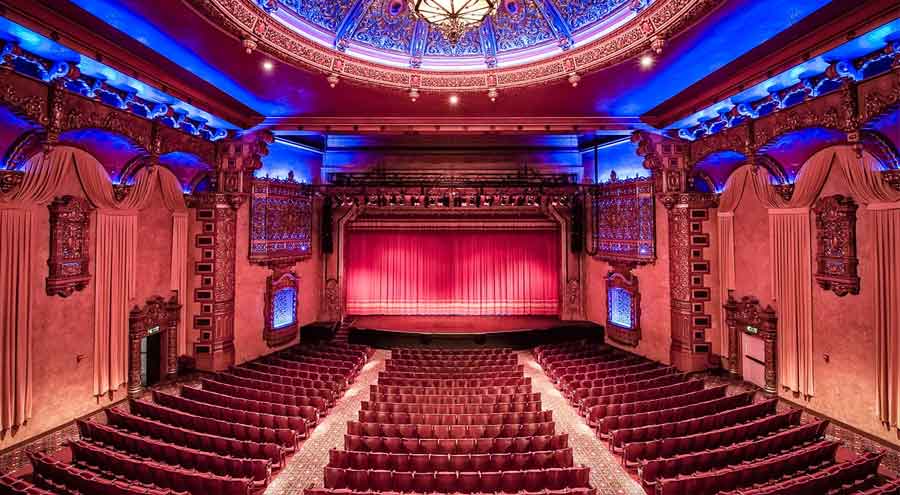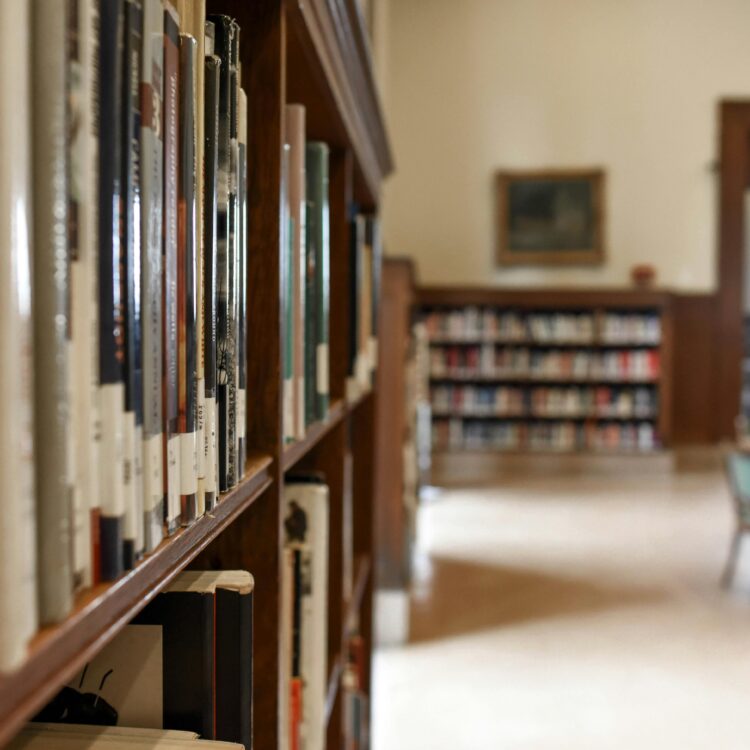You may not think about the Department of Commerce when your school gets a new Heating Ventilation and Air Conditioning (HVAC) system, or when the neighborhood senior center is expanded, or a downtown building is redeveloped to provide affordable housing with a daycare center and job training rooms. But those are all part of the work at Commerce.
Some of our most visible work is the result of reimbursement-style grants we provide to local governments and nonprofit organizations. They in turn help communities build and improve a variety of public facilities. All of these programs are funded by the sale of state bonds. Funding reaches communities through several competitive grant programs or capital projects introduced by the governor or the Legislature.
What is a capital facility project? A capital facility project is the purchase, new construction or significant, long-term improvements to existing facilities that are part of public infrastructure (e.g., schools, health facilities, libraries). A capital project usually has a useful life of at least 13 years and typically requires the involvement of an architect and/or engineer.
